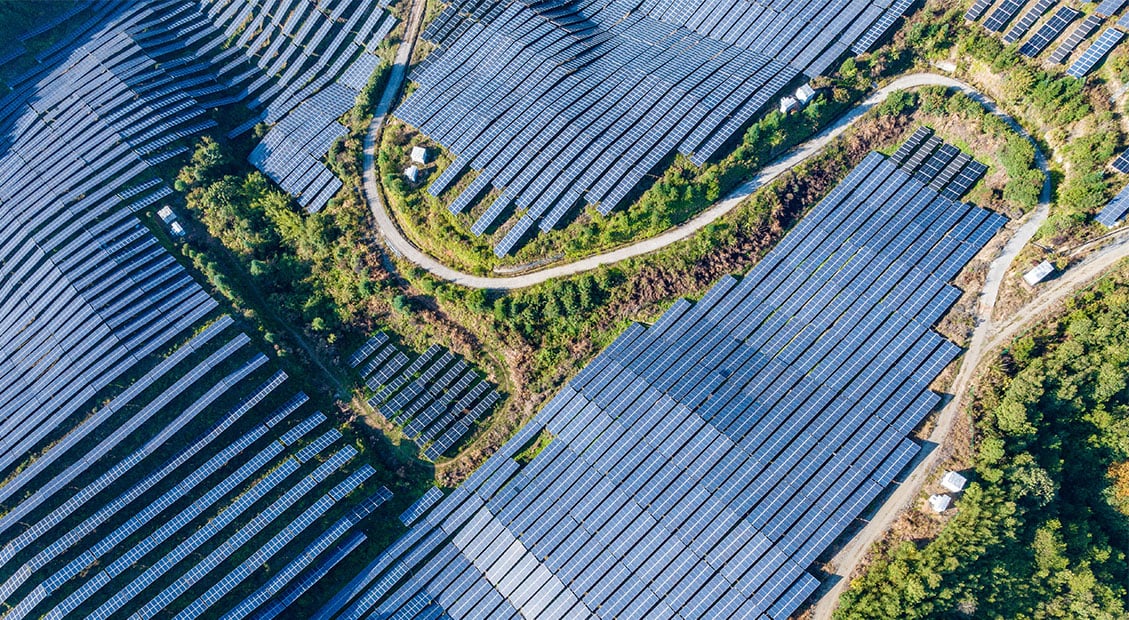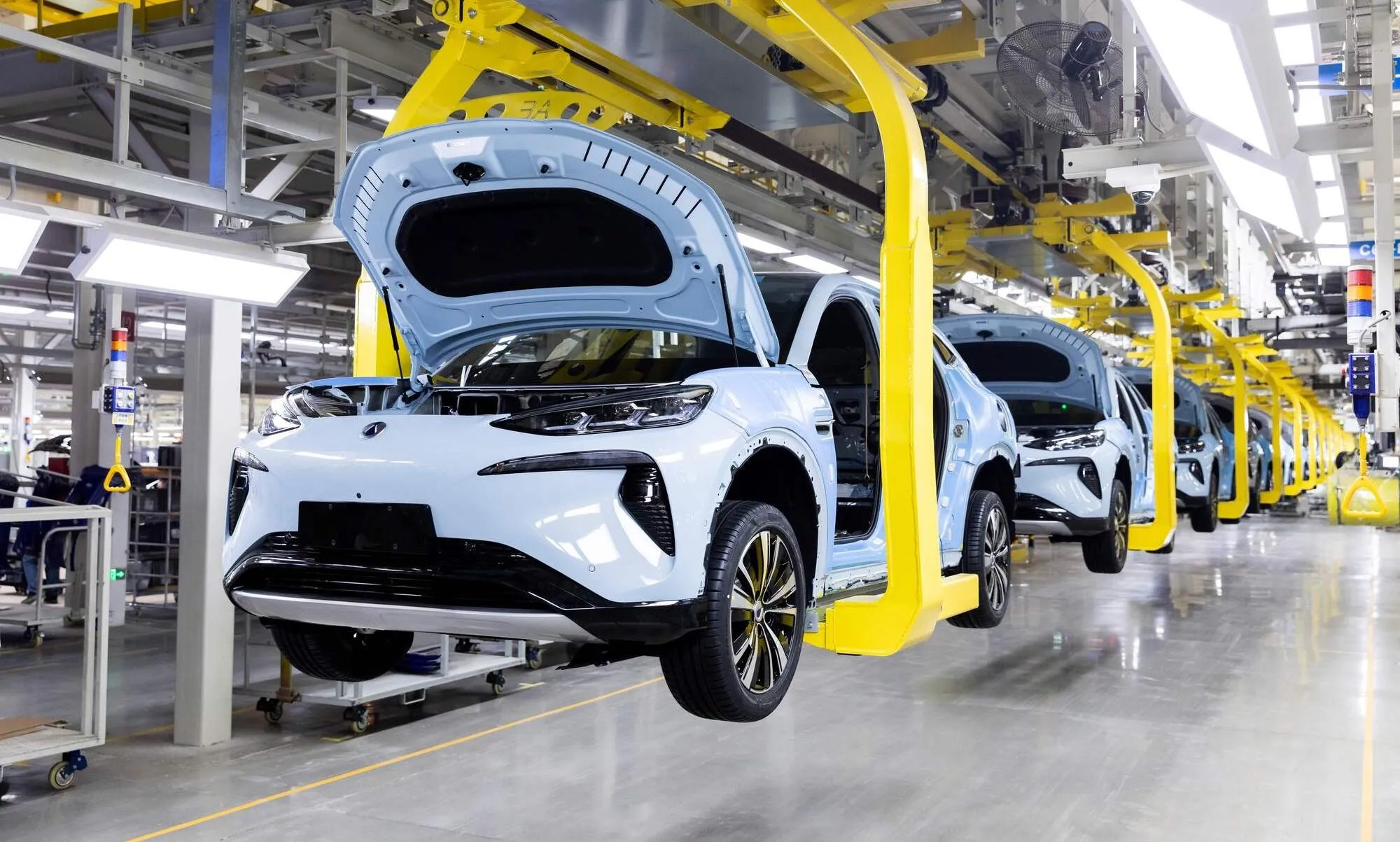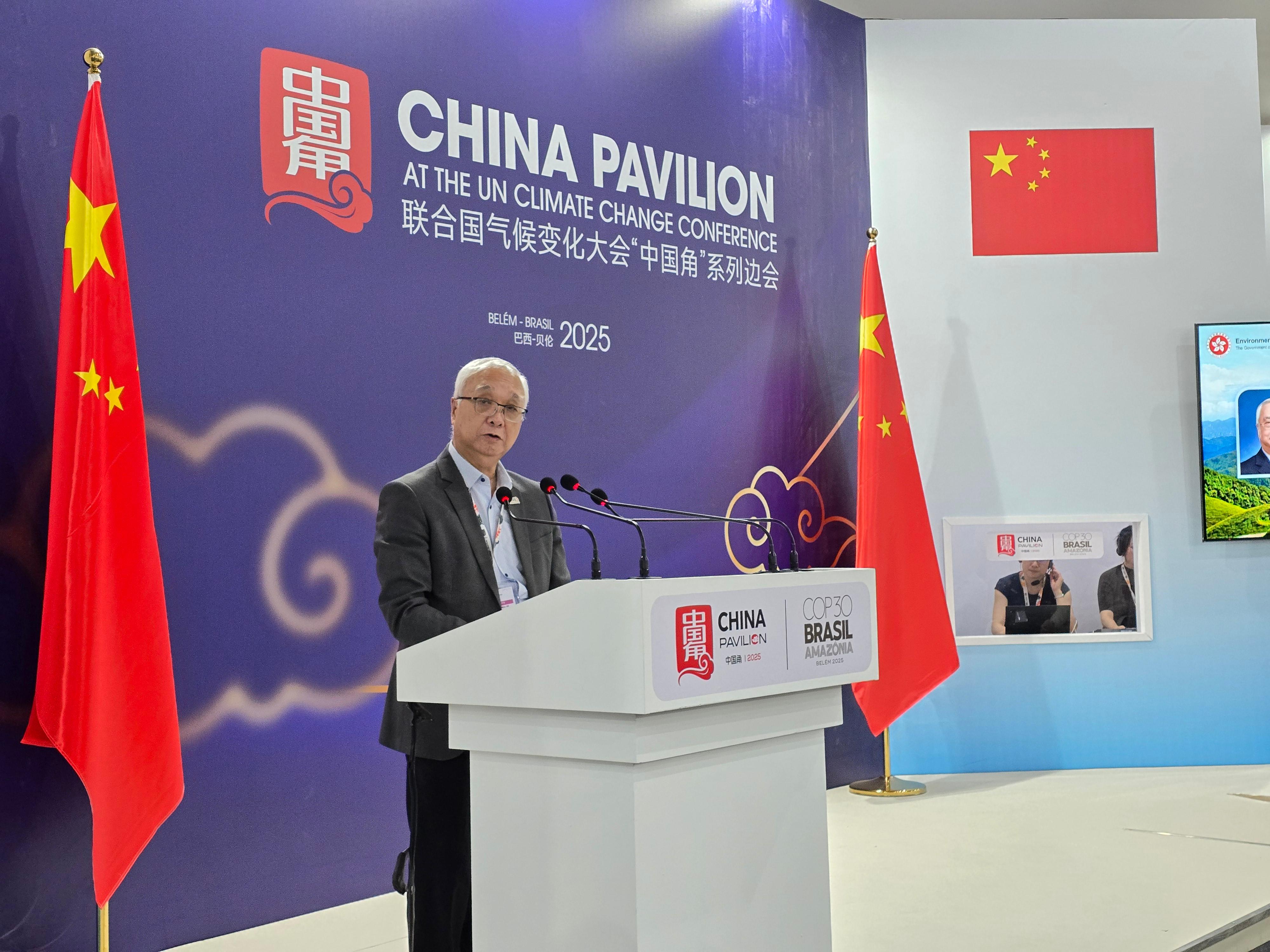The world finds itself at a critical juncture in the fight against climate change, and a significant vacuum has emerged in global climate leadership. While the United States, once a key player, has recently stepped back from major international climate summits like the recent COP30 in Brazil, another global power is rapidly accelerating its commitment to the green transition: China.
China’s approach, however, is not solely driven by environmental altruism. Instead, it’s a calculated economic strategy poised to reshape global markets and secure a dominant position in the industries of the future. The nation is pouring massive investments into clean energy technologies, viewing the green transition as a colossal economic opportunity.

This strategic pivot is already yielding impressive results. According to recent analysis from Carbon Brief, China now produces a staggering 80% of the world’s solar panels and manufactures 70% of global electric vehicles. This market dominance isn’t just a talking point—it’s a tangible reality that impacts supply chains, technological innovation, and energy independence worldwide.

Crucially, this aggressive investment is translating into tangible environmental gains. Despite increased electricity demand within China, its CO2 emissions have continued to fall over the past year. This demonstrates that economic growth and environmental stewardship, when strategically aligned, can go hand-in-hand.

As the world grapples with escalating climate crises, China’s emergence as a formidable leader in clean energy technology and production presents a fascinating and complex new dynamic. Its economic engine is now the driving force behind much of the global green transition, setting a new precedent for how nations can—and will—address both environmental imperatives and economic ambitions.
Cover image via Ecoportal.















